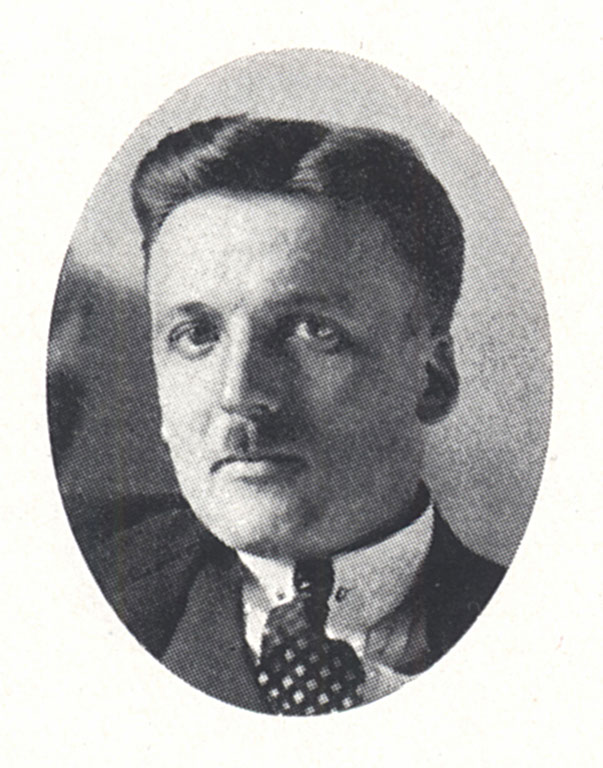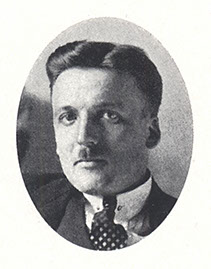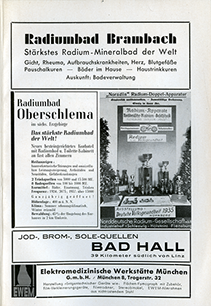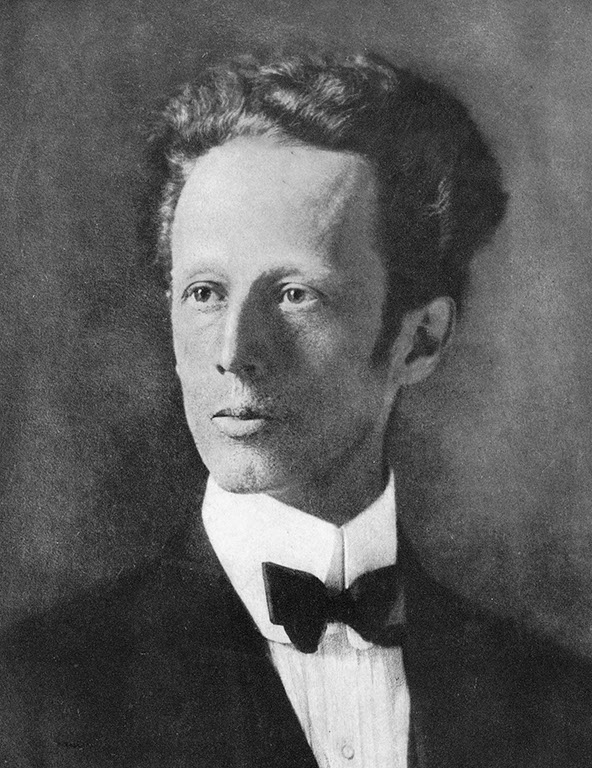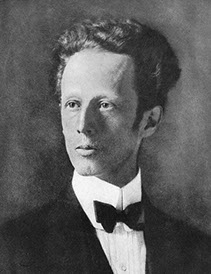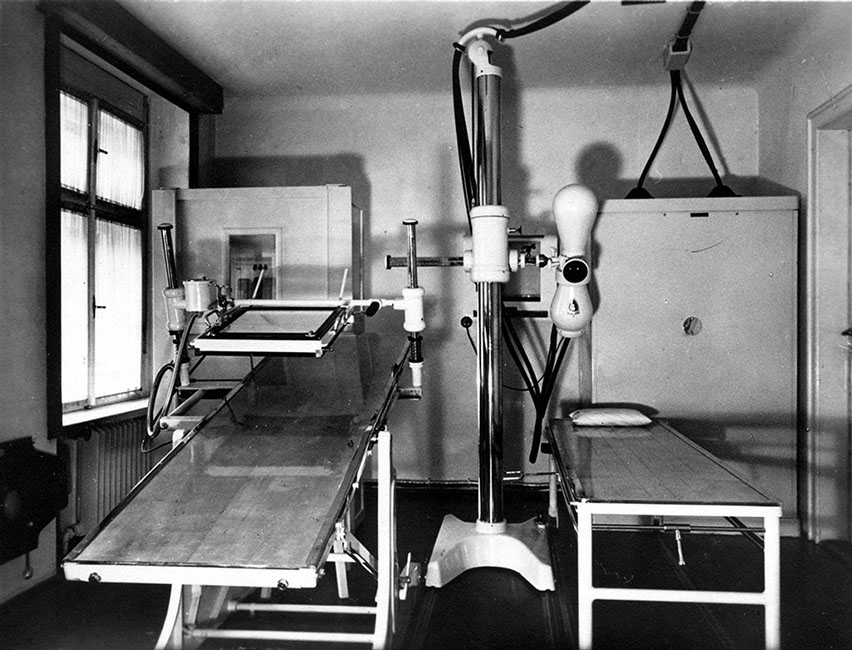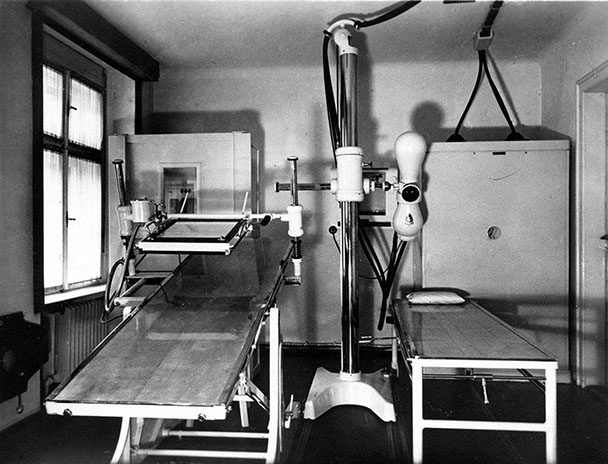
Life in Germany: Prof. Dr. Rajewsky
Although the biophysicist Prof. Dr. Boris Rajewsky (1893-1974) joined the SA in 1934 and the National Socialist Party in 1937, he still maintained contact with Friedrich Dessauer, an active centrist politician who was driven into exile in 1934 as a “quarter-Jew.” Rajewsky, who had been Dessauer’s assistant and deputy for many years, supported Dessauer during his detention and helped him to secure a professorship in Turkey before Rajewsky accepted Dessauer’s old position at the University Institute for Medical Physics.
In 1937, Rajewsky led an initiative to transform the Institute for Medical Physics into the Kaiser Wilhelm Institute for Biophysics, which established independence from university hierarchies while also improving equipment and funding through the Kaiser Wilhelm Society. Rajewsky’s long-term research work included an investigation of the causes of Schneeberg lung disease, which he was able to trace back to high doses of radon.
After a branch office of the Kaiser Wilhelm Institute was founded in 1937 at the radon baths of Oberschlema, rumors began to float around about radium-based balneological human experiments that had serious health consequences.
These allegations turned out to be false, but Rajewsky could not get clear of suspicion that he had used the medical data of spa patients, without their knowledge or consent, to pursue his own research – an ethically dubious enterprise in light of the “Guidelines on new treatments and conducting scientific experiments on human beings”, published in 1931 and still in effect through the National Socialist period.
Rajewsky also applied for funds from the German Research Society for a project to be conducted together with an army hospital in Oberschlema. He received funds in 1940 to pay staff for “attending to human research subjects and laboratory animals.” These staffers worked on Schneeberg or Joachimsthal lung disease.
His projects in Frankfurt during the early 1940s resulted in the development of a high-current system for producing neutrons, cathodes, and X-rays that were to be used in biophysical, biological, and medical research. After the war, Boris Rajewsky, along with Adolf Butenandt, Wolfgang Heubner and Max Hartmann, supported attempts to rehabilitate the racial hygienist Otmar von Verschuer, who had verifiable research contacts with Joseph Mengele and the concentration camp at Auschwitz.
Boris Rajewsky
(photo from the German Museum of Radiology)
Ads from the Reich Medical Calendar 1937
Friedrich Dessauer
(photo from the German Museum of Radiology)
Radiation room at the Karlsbad sanatorium (1940)
(Federal Archive, image 121-0505)
Menu
Deutsche Röntgengesellschaft e.V. © 2018
| Impressum | Datenschutz
